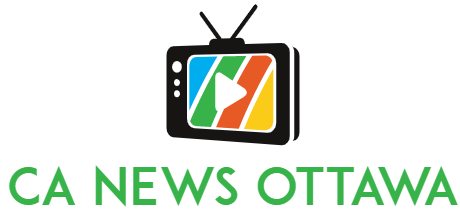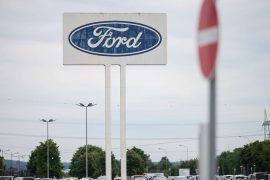Tuesday, November 02, 2021
first provider in germany
Vodafone is offering 5G across the board
Hardly a customer has a smartphone that already supports the next development phase, 5G. Vodafone is now the first provider in the region to use the new standard, which is particularly interesting for commercial users. Apple may soon help achieve success.
Vodafone wants to move its 5G mobile network across Germany to the next stage of development, which does not require the previous LTE technology. According to the company, all 5G antennas and core networks are to be migrated to “5G standalone”. For example, new technology significantly reduces data runtime and enables machines to be controlled in real time. “Our 5G network then responds as fast as the human nervous system and requires less and less power to transmit data,” said Vodafone’s Germany boss, Hans Emetsreiter.
Theoretically, the threshold for the new standard could be increased from the current 10 million people to 60 million by the end of 2022. In practice, however, the number of users will be very small as so far only a few smartphone models from Samsung and Oppo support “5G Standalone”. Against this background, Vodafone competitors are still holding back with a massive slew of new technology: Deutsche Telekom has been testing a “5G standalone” in Garching near Munich since February, but has yet to find any in the region. The major live operation has not been announced. . Competitor Telefónica (O2) has experimented with, among other things, “5G Standalone” virtual reality gaming applications in a test network.
However, Apple could deliver a big boost in expanding the technology in the coming year. The hardware of the new iPhone 13 is already ready for the real-time version of 5G. However, the function still has to be activated by a software update. When this will come is not yet clear. However, experts expect the iPhone maker to publish it before the presentation of its next smartphone model series in the fall of 2022.
Much more equipment can use a radio cell
On the one hand, the fifth generation of mobile communications provides high bandwidth for data transmission. In addition, many more devices can log into the radio cell than in the previous 4G (LTE) standard. Vodafone Chief Technology Officer Gerhard Mack said Vodafone has rolled out 5000 more 5G antennas in the past few days. This means 15,000 5G antennas are now live in 5,000 locations. “We will reach about 35 million people with 5G by the end of 2021.” Vodafone had originally expected a limit of 30 million.
The new “5G Standalone” version, which does not require LTE Anchor, is primarily characterized by extremely low data runtime (latency). This low latency is of interest to commercial users who can, for example, use it to remotely control technical equipment such as excavators without delay.
For example, private users benefit from shorter data runtimes when playing computer games online, as they can react without delay. The low latency also makes augmented reality applications easier, in which virtual content is displayed in a real environment in real time.

Reader. Organizer. General creator. Zombie fanatic. Alcohol advocate. Food junkie. Bacon ninja.





